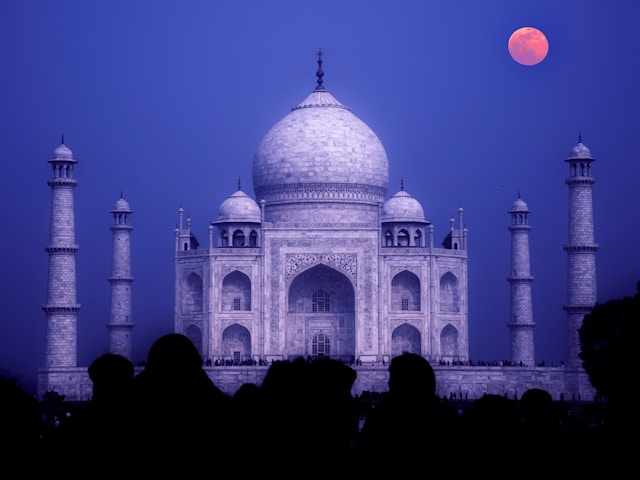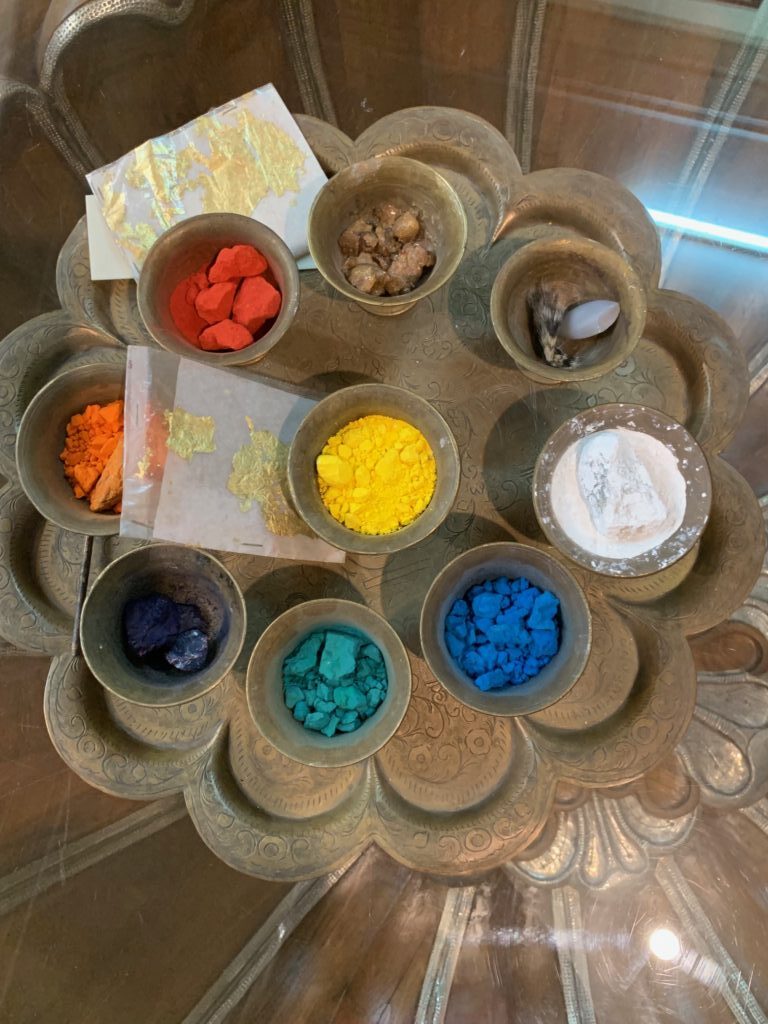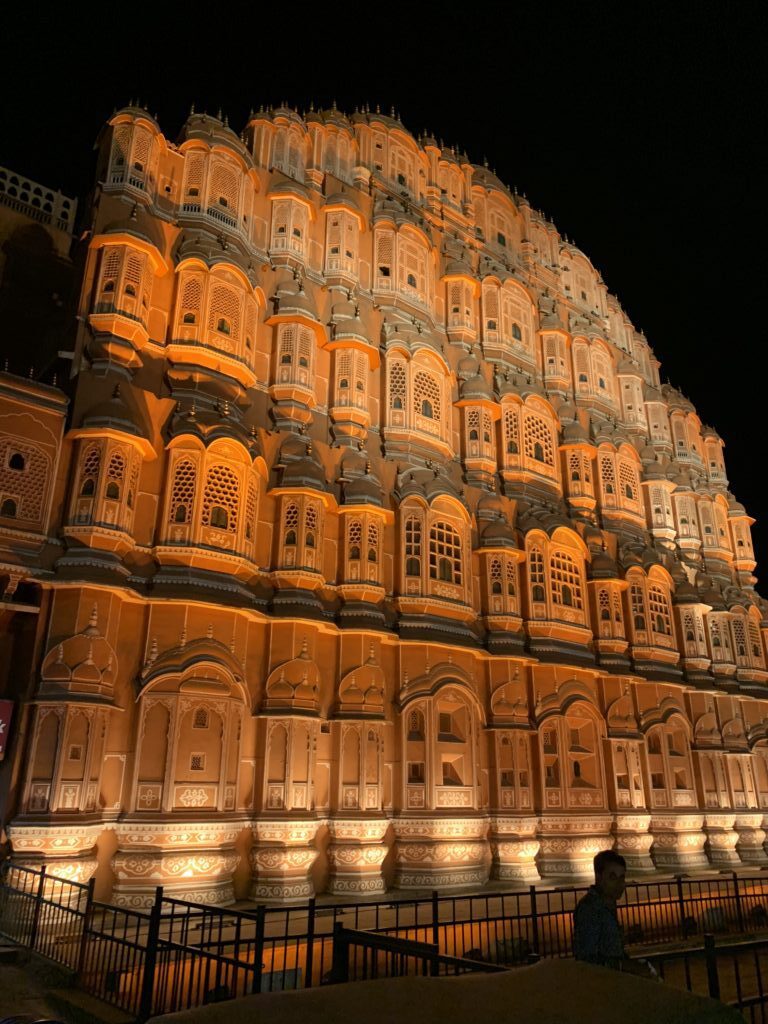Communication in India – A Traveler’s Guide
India, a vibrant tapestry of cultures and traditions, is also a linguistic melting pot with a rich diversity of languages and dialects. Effective communication is crucial for travelers to immerse themselves in the local experiences, forge connections with the people, and navigate the country with ease. This travel guide aims to provide you with essential insights and practical tips for seamless communication during your Indian adventure.
The Language Landscape
India is home to 22 officially recognized languages and countless dialects, each with its unique nuances and regional variations. Hindi and English are the two widely spoken languages across the country, with Hindi being the most prevalent language, especially in the northern and central regions. However, in states like Tamil Nadu, Kerala, and Karnataka, regional languages like Tamil, Malayalam, and Kannada are predominantly used.
Travel Tip: Learn a few basic phrases in the local language of the region you plan to visit. This simple gesture can go a long way in establishing a rapport with the locals and enhancing your travel experience.
Body Language and Cultural Nuances
Nonverbal communication plays a significant role in Indian culture. Body language, gestures, and facial expressions can convey meaning beyond words. For instance, the traditional Indian head wobble can signify agreement, acknowledgment, or a range of other emotions, depending on the context. Understanding these cultural nuances and being mindful of your own body language can help you avoid potential misunderstandings and communicate more effectively.
Travel Tip: Observe the local customs and etiquette, and be respectful of cultural norms. Seek guidance from local guides or resources to navigate the intricacies of nonverbal communication.
Overcoming Language Barriers
While English is widely spoken in urban areas and among the younger generation, you may encounter language barriers in rural regions or when interacting with older locals. In such situations, consider using translation apps, phrasebooks, or hiring a local guide who can act as an interpreter. Additionally, don’t hesitate to communicate through gestures, facial expressions, and visual aids when necessary.
Travel Tip: Download language translation apps or carry a pocket phrasebook to ease communication in areas where English proficiency may be limited.
Cultural Immersion and Respect
Effective communication in India goes beyond just understanding languages; it also involves respecting and appreciating the cultural diversity. Be open to learning about local customs, traditions, and beliefs, and approach interactions with an open mind and a willingness to embrace new perspectives. This cultural sensitivity will not only enhance your communication but also enrich your overall travel experience.
Travel Tip: Seek opportunities to engage with locals, attend cultural events, and immerse yourself in the rich tapestry of Indian traditions. This will deepen your understanding of the cultural nuances and facilitate more meaningful connections.
Must-Know Facts for Travelers
- India has 22 officially recognized languages and countless dialects.
- Hindi and English are widely spoken across the country, but regional languages are prevalent in certain states.
- Nonverbal communication, such as body language and gestures, plays a significant role in Indian culture.
- Language barriers can be overcome through translation apps, phrasebooks, or hiring local guides as interpreters.
- Respecting cultural diversity and being open to learning about local customs and traditions is essential for effective communication.
Communication in India is a multifaceted experience that goes beyond mere language proficiency. By embracing the linguistic diversity, understanding cultural nuances, and approaching interactions with respect and openness, you can navigate the country with ease and forge meaningful connections with the warm and hospitable people of India.
Subscribe to Our Newsletter for Exclusive Travel Offers!







